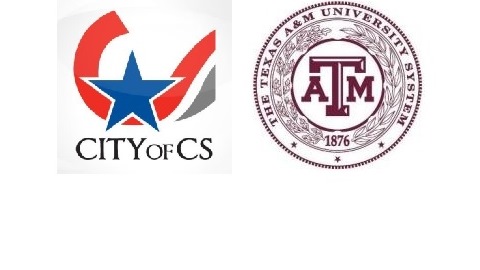
Two months ago, the Texas A&M System announced a $1 million dollar contribution to improving traffic signal operations in College Station.
An update was recently given about the technology that city manager Kelly Templin says can change with the volume of vehicles.
Senior researcher Dr. Tim Lomax of the Texas A&M Transportation Institute says the first phase, involving signals affecting traffic flow in and out of Kyle Field, will be completed this fall.
The next phase, impacting Wellborn Road south of the stadium, will be done for the start of the 2016 A&M football season.
Click below for comments and answers to questions from Kelly Templin and Tim Lomax:
Audio Player
News release from the Texas A&M System:
With financial support from the Texas A&M University System (TAMUS) and technical assistance from the Texas A&M Transportation Institute, College Station will soon be better prepared to handle record levels of traffic coming to local streets.
Texas A&M University System Chancellor John Sharp is providing $1 million to help upgrade the traffic signals, control mechanisms and monitoring technologies necessary to more effectively manage the influx of traffic anticipated this fall. The funding will help with the city’s multi-million dollar effort to update its Intelligent Transportation System Master Plan and modernize its traffic management system.
“On game days, we become a major urban center,” Chancellor Sharp noted. “But with a growing population we have mobility issues every day of the week. The improvements initiated by the City of College Station will go a long way toward helping us address the challenges that come with the growth we are seeing every day. And the Texas A&M System is proud to help this effort. I want to thank Mayor Nancy Berry and Councilwoman Blanche Brick for bringing this solution to my attention. We are happy to partner with the City of College Station to produce a win-win for all of us.”
In broad terms, improvements will be seen in three key areas:
· Better traffic signal timing,
· Improved incident management, and
· Faster public notifications when problems do arise.
Work on the upgrades began in late May, when traffic signal controllers on the city’s major thoroughfares were swapped for controllers that can be dynamically managed in response to changing traffic conditions. The traffic flow issues created in 2014 when lightning delayed the start of the Lamar-Texas A&M game, for example, will be addressed in real time when the improvements are fully implemented later this summer – something not possible a year ago.
Other technologies being installed include remote pan-tilt-zoom cameras to facilitate real-time monitoring of traffic conditions and roadway sensors to monitor traffic flow, density and travel times.
“It’s very rare that a town our size has a traffic management center and a signal system as advanced as what we will have,” TTI senior researcher Tim Lomax noted. “We at TTI are happy to be involved in helping the City implement its vision.”

